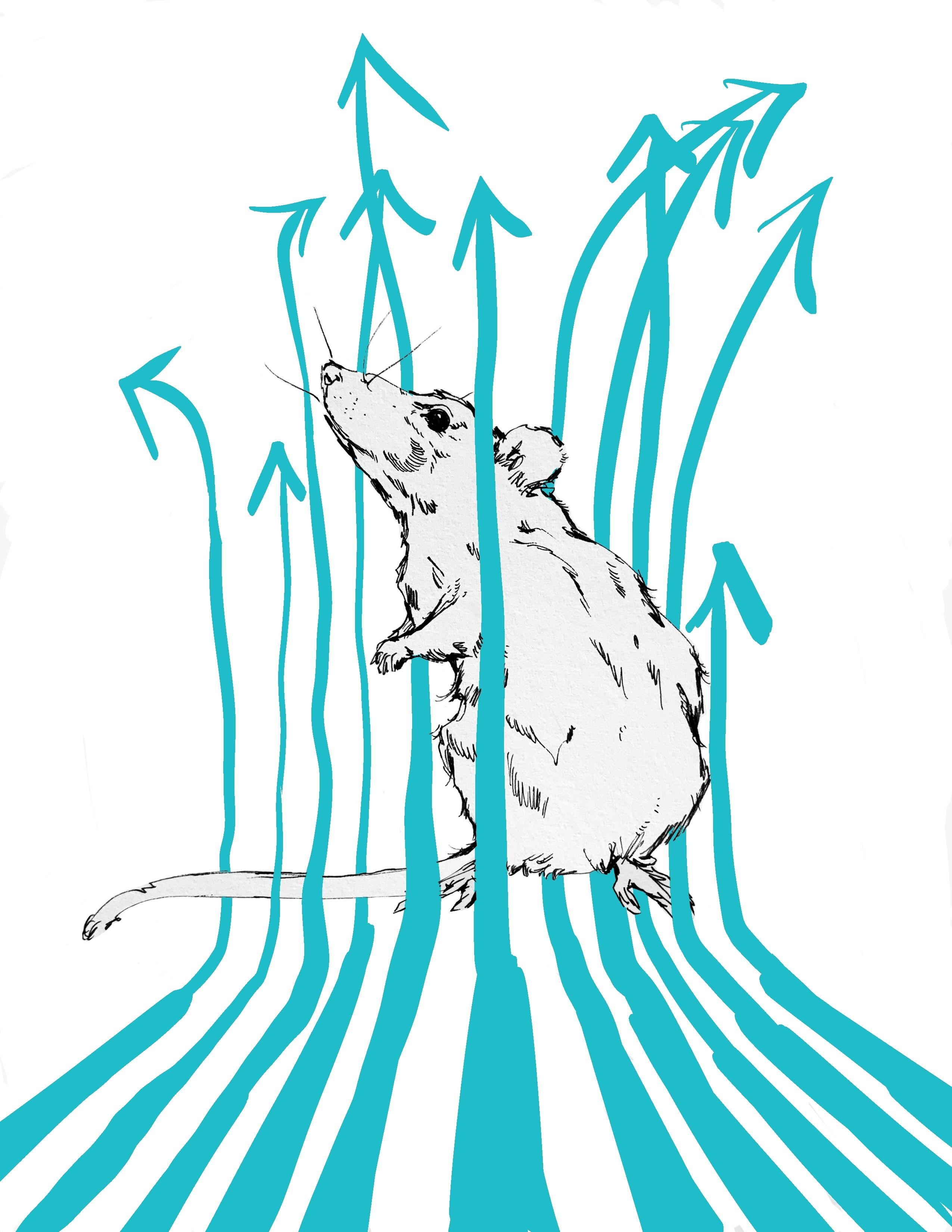Abstract
In natural environments, animals must effectively allocate their choices across many concurrently available resources when foraging. This is a complex decision-making process not fully captured by existing models. In this talk I will describe a novel paradigm that we developed, in which untrained, water-restricted mice were free to sample from six options rewarded at a range of deterministic intervals and positioned around the walls of a large (~2m) arena. Mice exhibited rapid learning, matching their choices to integrated reward ratios across six options within the first session. To develop a mechanistic description of this learning, we constructed an reinforcement learning model inspired by foraging theory. In combination with a dynamic, global (across all options) learning rate, this model was able to accurately reproduce mouse learning and decision-making. Finally, I will discuss results of fiber photometry recordings in the nucleus accumbens core (NAcC) and dorsomedial striatum (DMS). We found that NAcC, but not DMS, dopamine more closely reflected this global learning rate than local error-based updating. Altogether, our results provide insight into the neural substrate of a learning algorithm that allows mice to rapidly exploit multiple options when foraging in large spatial environments.

Biography
Laura Grima is a postdoctoral associate in the Dudman Lab at the Janelia Research Campus. Prior to this position, she completed both a Master’s and DPhil (PhD) at the University of Oxford, with her PhD focusing on the role of mesolimbic dopamine and activity at striatal receptor subtypes on goal-directed action. She became interested in foraging behaviours during a brief postdoctoral position in Oxford, where she found that slow changes in ventral striatal dopamine levels reflected environment quality in trained mice making decisions in a novel operant chamber-based foraging task. In 2019 she moved to Janelia to study the role of dopamine in naïve mice making foraging decisions in large spatial environments.
